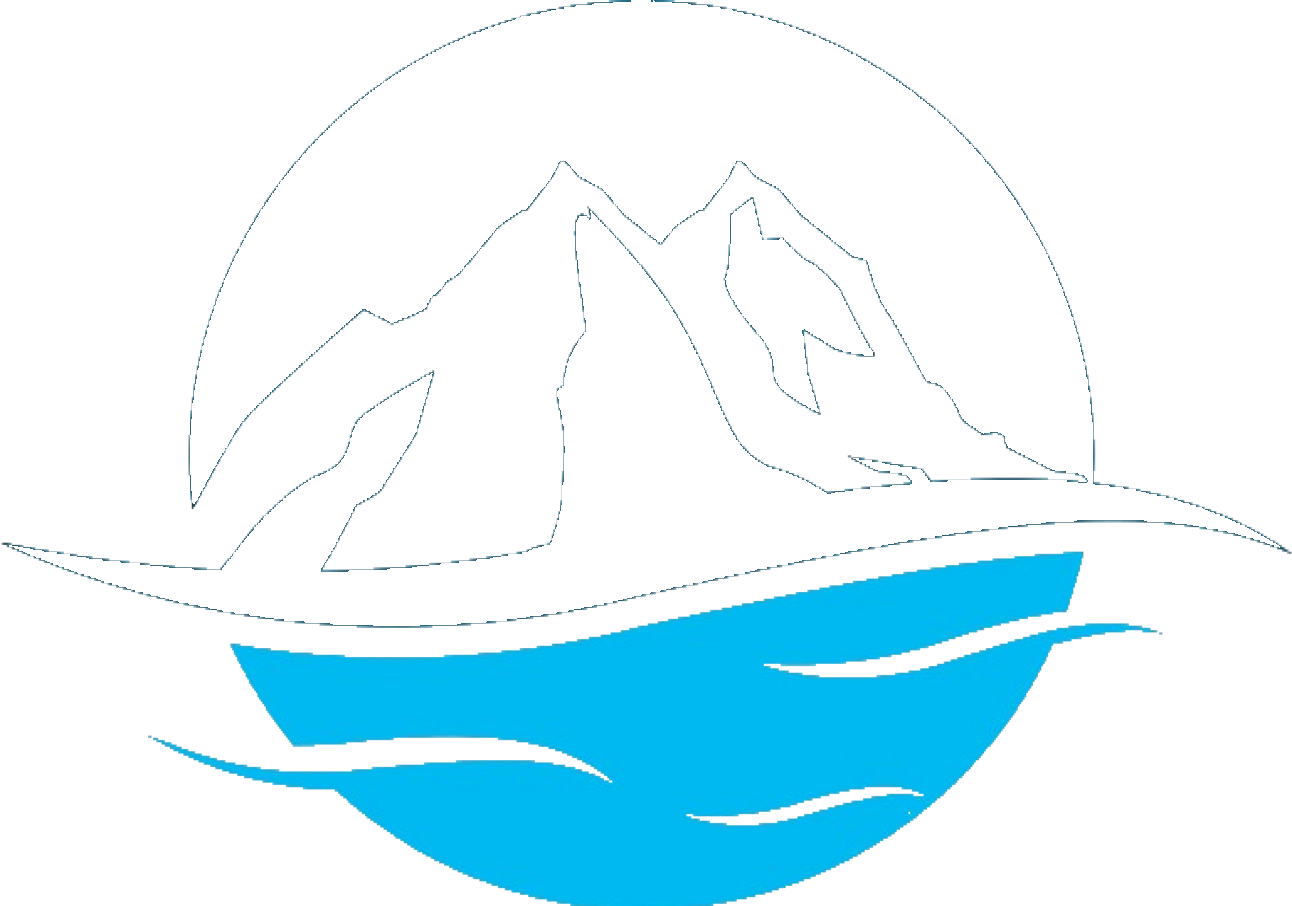 SNOFLO
SNOFLO- Login
- Climate ►
- Recreation ►
- Tools ►
The latest observations of national dams and reservoirs reveal a mixed picture of water storage levels across the country. Some water bodies are experiencing surpluses, while others face dwindling levels—conditions that water management experts and hydrologists are closely monitoring. For instance, the Lake Mead in Nevada and Lake Powell in Arizona, two of the largest reservoirs in the United States, are holding only about half of their average storage capacity, indicating ongoing drought conditions. In contrast, Utah's Flaming Gorge Reservoir is currently exceeding its average storage, a sign of surplus that could be attributed to better precipitation in the area. These variances are critical as they affect water supply, agricultural irrigation, and hydroelectric power generation.
Meanwhile, California, a state known for its complex water management challenges, has reservoirs like Lake San Antonio experiencing significant surpluses compared to historical averages. However, others like Lake Oroville, despite not having current data, have recently been in the news for low water levels due to reduced snowpack melt and precipitation. Such disparities underscore the importance of regional climatic factors and the need for adaptive water management strategies to cope with the variability. Hydrologists are also keeping an eye on the Colorado reservoirs, where the Dillon, Granby, and Green Mountain reservoirs are showing lower than average storage, mirroring the broader concerns across the Colorado River Basin about long-term water availability amidst growing demand. The data underlines the interconnectedness of these aquatic systems and the impact of broader environmental trends, such as reduced snowpack and changes in river flows, that often contribute to the abnormal conditions observed in reservoir levels.